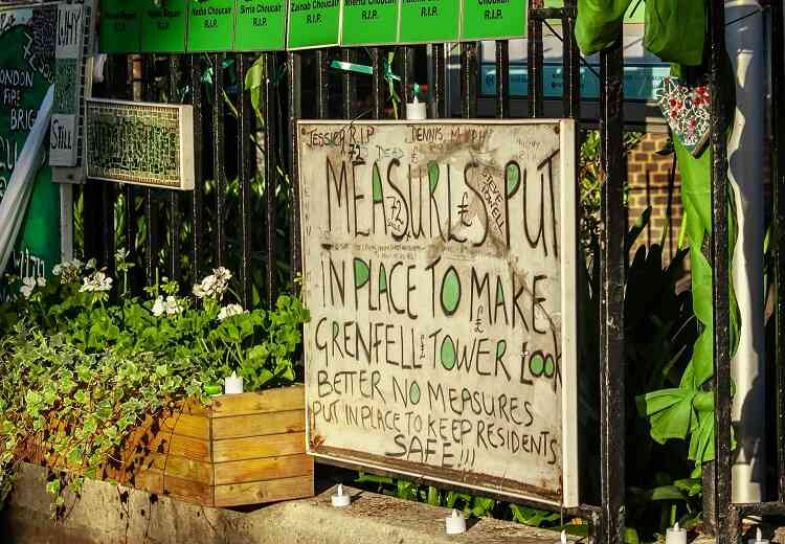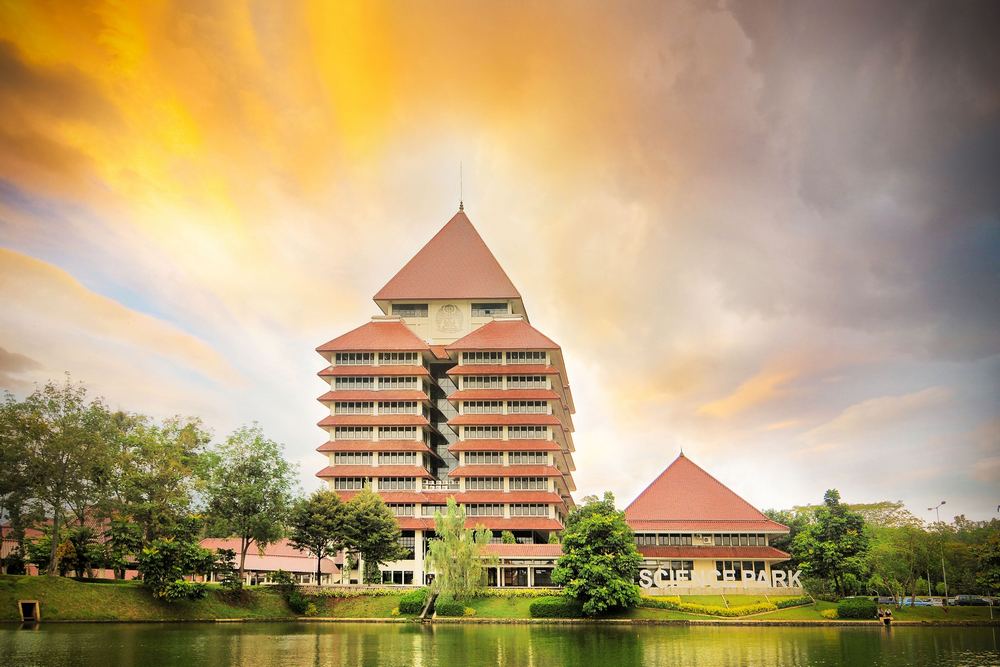Demanding homes fit for habitation

For over a decade our academics have been actively involved in driving legal reform to address the housing crisis and its disproportionate impact on marginalised groups.

For over a decade our academics have been actively involved in driving legal reform to address the housing crisis and its disproportionate impact on marginalised groups.

For almost a decade, researchers at the University of Bristol have been working towards decriminalising abortion, challenging laws that are archaic and out of kilter with modern values. They have also sought to establish reproductive rights as universal human rights.


A review of almost 1000 studies on the effects of climate change and extreme weather events on rivers around the world has found an overall negative effect on water quality in rivers globally.

Bridging frontiers: Changing the landscape of education in Asia
This summit bridges frontiers to reimagine the evolving landscape of education in Asia. It will feature the exclusive live reveal of the THE Asia University Rankings 2024, accompanied by a detailed masterclass to explore the latest data and identify the best-performing institutions in the region, as well as the THE Awards Asia 2024 winners ceremony.



Inclusive education for the digital age
Join us to address how Asian institutions can transform and empower staff, faculty and students with the digital skills needed to adapt and thrive in a society dominated by technology. We will explore how the higher education sector can harness the power of AI to create an inclusive and empowering learning environment.

Cultured meat (also known as cell-based or lab-grown meat) is a promising, more environmentally friendly alternative to meat produced from traditional livestock farming. However, production costs are still high and need to be reduced before it can become widely available.
Now, researchers from Singapore and China have found a way to use food waste for culturing meat, reducing production costs and helping to make cultured meat a viable option for feeding the world’s population.
Scaling up production
Growing in the heart of the world’s deepest valley are two plants that have fooled scientists for decades.
Two species of the ‘touch-me-not’ genus (Impatiens) – the Blue Diamond (Impatiens namchabarwensis) and Toothed Busy Lizzie (Impatiens arguta) are found in the remote Tsangpo Gorge that meanders around the highest peak in the Eastern Himalayas, Mount Namchabarwa.
Both plants are adorned with trumpet-shaped flowers in a spectrum of colours, and their similarities made many scientists believe they belonged to the same species.

DNA being delivered into the nucleus of a stem cell - An artistic rendition of the study led by Dr Gang Ruan and selected as a supplementary cover art by the journal Nano Letters. Credit: American Chemical Society (Nano Letters)